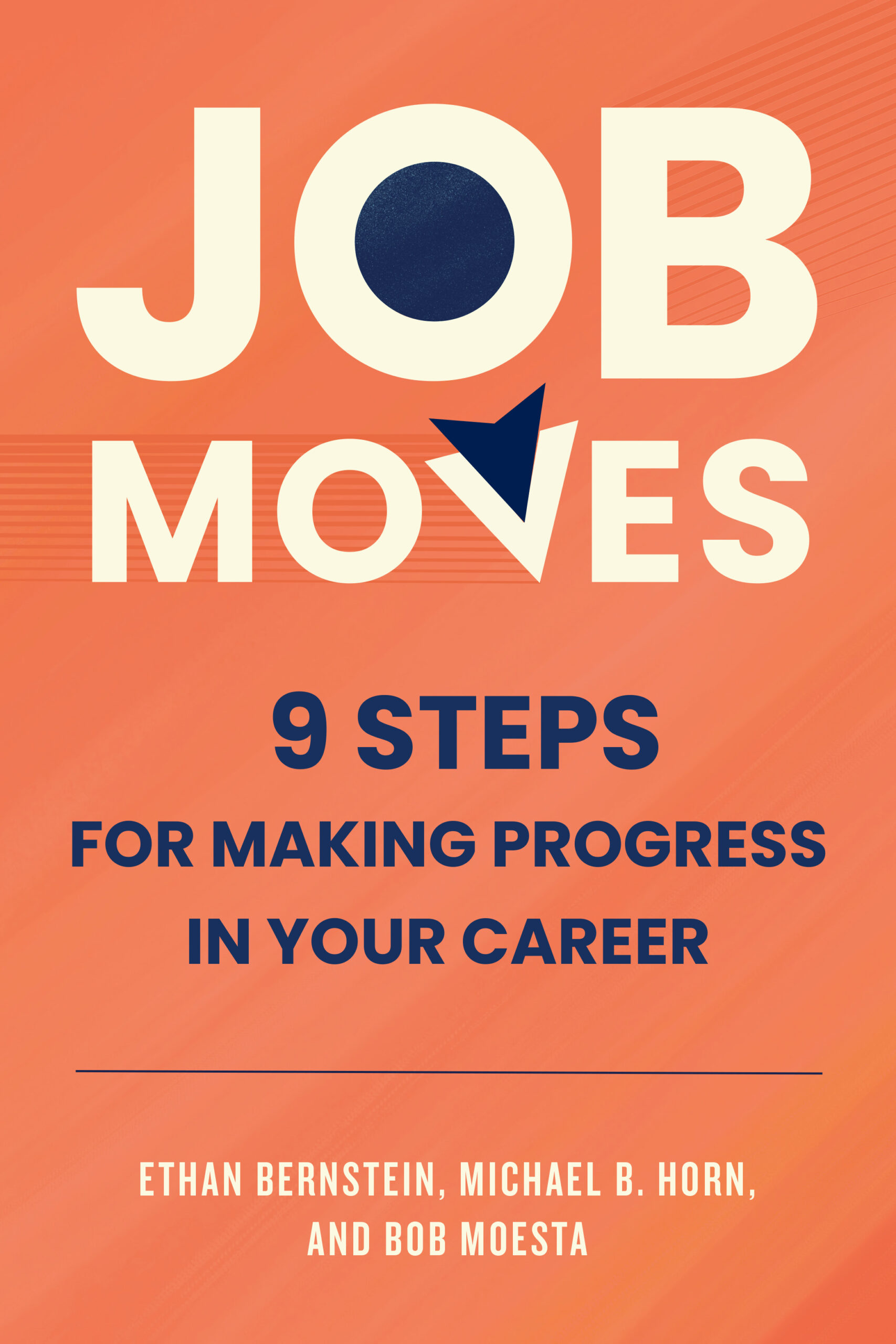Putting School Budgets in Teachers’ Hands
What if end-users in the classroom made purchasing decisions?
By Michael B. Horn and Michael Goldstein
Who decides what education products and services schools buy? For the most part, it’s district purchasing agents, school principals, technology coordinators, and bureaucrats—anyone but the end user in the classroom. It’s an ineffective market, with products and services handed down to teachers from purchasing decisionmakers on high.
Take the $18 billion we spend in the United States on professional development (PD) for teachers every year. For the most part, teachers don’t pick the programs. Their schools and districts do. And the research on the return on that investment is damning, with all those dollars failing to move the needle on student outcomes. In a 2015 study, The New Teacher Project sought to quantify the impact of PD only to find that “despite enormous and admirable investments of time and money . . . most teachers we studied do not appear to be improving substantially from year to year.”
Perhaps the PD market is broken because it’s coercive. What would happen if we put the money in the market in individual teachers’ hands?

0 comments